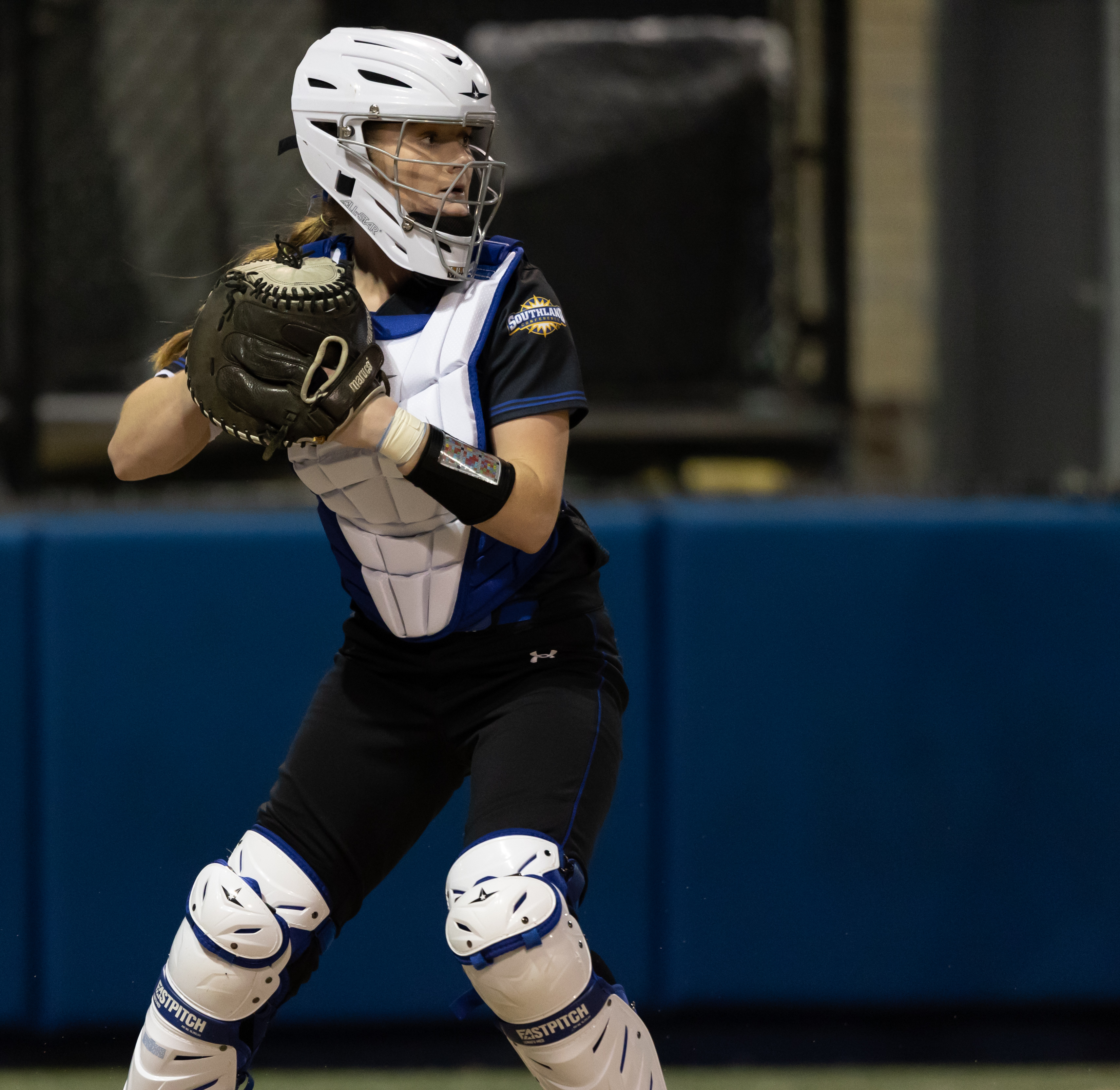Under cross-examination by defense, Welke says 1962 death was a homicide
Published 7:06 am Thursday, August 11, 2016
<span class="R~sep~ACopyBody">Prosecutors presented the testimony of 11 witnesses — including four on video — Wednesday in the second-degree murder trial of Felix Vail, 76. Calcasieu Parish Coroner Terry Welke, who had begun his testimony Tuesday, was cross-examined by the defense.</span>
<span class="R~sep~ACopyBody">Welke said the death of Mary Horton Vail in 1962 was a homicide. He said he reached the conclusion mainly from photos taken of her after she was pulled from the Calcasieu River. In the photos, she is face up with her arms folded across her abdomen. Drowning victims, Welke said, are normally found face down in the water.</span>
<span class="R~sep~ACopyBody">Defense attorney Josh Monroe asked if the body could have been manipulated before the picture was taken, and Welke it was a possibility. But he said the apparent rigidity of the body indicated that Mary Horton Vail was dead before she went into the water.</span>
<span class="R~sep~ACopyBody">Prosecutor Hugo Holland asked Welke why his office didn’t exhume Mary Horton Vail’s body. Welke said nothing would have been gained by doing so.</span>
<span class="R~sep~ACopyBody">In video testimony, the late Isaac Abshire Jr. spoke of the day he and Calcasieu Parish sheriff’s deputies discovered the body of Mary Horton Vail, whom he thought of as a little sister. As the basket was lowered to retrieve her, Abshire said, she was lying horizontal and stretched out, facing up and slightly on her side. He said her hands, crossed over her abdomen, looked as if they were tied.</span>
<span class="R~sep~ACopyBody">He said she looked stiff and that her neck was swollen around a scarf, which went into her mouth. “It was no woman’s knot,” Abshire said. “It was gagged over her mouth.”</span>
<span class="R~sep~ACopyBody">He said he believed Vail, who had rented a room from him and had worked at the same company, had killed his wife. Abshire said Vail had threatened to sue him at the time over comments he had made to that effect. “I know what I saw,” he said.</span>
<span class="R~sep~ACopyBody">In Vail’s Mississippi hometown, there was talk after Mary Horton Vail died, said Thomas Wesley Turnage, who grew up with Vail. “We were never friends, just acquaintances,” Turnage said.</span>
<span class="R~sep~ACopyBody">They worked at the same company in 1964, and Turnage recalled catching a ride with Vail one morning. He said Vail was angrily talking about his wife and how she wanted another son. The couple had one son, Billy Vail, who was 4 months old when his mother died. Turnage said Felix Vail told him that he “fixed” it so that she would never have another child again.</span>
<span class="R~sep~ACopyBody">He said he spoke to his parents about the conversation but didn’t speak out publicly until he was contacted by reporter Jerry Mitchell in 2013.</span>
<span class="R~sep~ACopyBody">Andrew Casanave, Vail’s attorney, produced a transcript of Turnage’s testimony from June 18, 2013. He said Turnage had said then that he waited to talk until it could make him famous. “I didn’t want to be famous, and I ain’t famous,” Turnage replied.</span>
<span class="R~sep~ACopyBody">Prosecutors played video testimony from Robert Fremont and Bruce Biedebach — two men who knew each other and Vail in California during the 1960s.</span>
<span class="R~sep~ACopyBody">Fremont, who was a teenager at the time, said Vail admitted to him during a 1969 bicycle trip that he had killed Mary Horton Vail. He said “something perturbed” Vail and that he seemed to feel justified taking her life. Fremont also knew Sharon Hensley, Vail’s girlfriend, who went missing in 1973.</span>
<span class="R~sep~ACopyBody">Fremont said Biedebach contacted him nine months ago to “feel him out” on what Vail might have said to him. He said that after talking to Biedebach and Mitchell, he decided to come forward.</span>
<span class="R~sep~ACopyBody">Biedebach said that “out of the blue” Vail told him that he had killed his wife but that it was reported as an accidental drowning. He said Vail sounded remorseful.</span>
<span class="R~sep~ACopyBody">Biedebach also said that he vaguely remembered Vail mentioning using an oar but that he “did more harm than good trying to pull her in” with it. “I didn’t believe him,” Biedebach said. “It was hard to believe.”</span>
<span class="R~sep~ACopyBody">He said Mitchell contacted him about Vail sometime after 2012 and that he didn’t hear from any officials until the Calcasieu Parish District Attorney’s Office contacted him in 2015.</span>
<span class="R~sep~ACopyBody">Prosecutors also called Texas private investigator Gina Frenzel to the stand. She had offered to help Mitchell gather information on Vail. Frenzel said she had visited with Vail four times over six weeks and that he never directly mentioned Mary Vail, Hensley or wife Annette Craver Vail, who went missing in 1984.</span>
<span class="R~sep~ACopyBody">When Vail was charged with second-degree murder in 2013, Frenzel said he gave her unfettered access to his home. She said she used that time to search for journals that Mitchell told her about and targeted specific years — 1973 and 1984. She said she found nothing from that time.</span>
<span class="R~sep~ACopyBody">Prosecutors had her read a journal entry from Oct. 28, 2003, that they said referred to the possible burning of previous journal entries and other documents.</span>
<span class="R~sep~ACopyBody">Frenzel’s testimony was cut short when the defense moved to redact a piece of evidence that prosecutors wanted to present to jurors. Judge Robert Wyatt agreed to allow it, but prosecutors said it would take time. She is expected to continue her testimony today.</span>
<p style="text-align: center;"><span class="R~sep~ACopyBody">—</span>
<p class="p1">Follow Marilyn Monroe on Twitter at <span class="s1"><a href="https://twitter.com/MarilynAmPress">twitter.com/MarilynAmPress</a></span>





